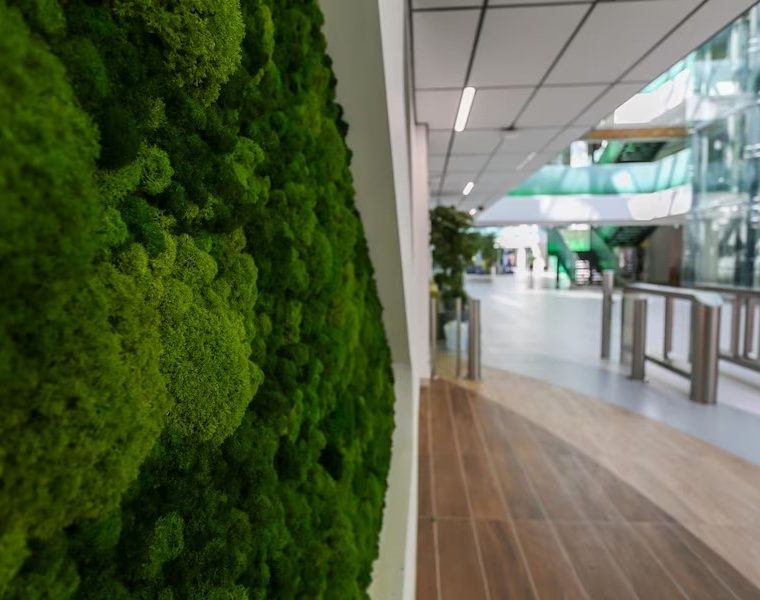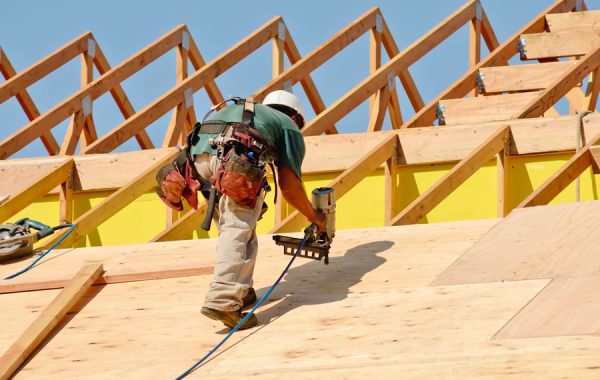In recent years, the world has witnessed a growing awareness of environmental issues and the urgent need for sustainable practices in every aspect of our lives. Interior design, as a powerful tool for creating functional and aesthetically pleasing spaces, has also embraced sustainability as a guiding principle. This article explores the relationship between interior design and sustainability, highlighting the key principles, strategies, and benefits of sustainable interior design practices.
Understanding Sustainable Interior Design
Sustainable interior design goes beyond aesthetics and functionality. It encompasses the integration of environmentally friendly materials and design principles, focusing on the efficient use of resources, energy, and water. Sustainable interior design also promotes the health and well-being of occupants by improving indoor air quality and considering the life cycle of products and materials.
Energy Efficiency and Renewable Energy
Efficiency in energy consumption is a fundamental principle of sustainable interior design. This involves utilizing energy-efficient lighting, appliances, and HVAC systems, as well as incorporating renewable energy sources such as solar panels or geothermal systems. By reducing energy consumption, sustainable interior design minimizes the environmental impact and promotes a greener future.
Sustainable Material Selection
One of the key considerations in sustainable interior design is the selection of materials. Designers should prioritize eco-friendly materials, including recycled, reclaimed, or natural materials. It is crucial to choose materials with low VOC (volatile organic compound) emissions, as these can significantly improve indoor air quality. Additionally, considering the durability and recyclability of materials contributes to the overall sustainability of the design.
Indoor Environmental Quality
Sustainable interior design places a strong emphasis on creating healthy indoor environments. This involves enhancing indoor air quality through proper ventilation and filtration systems, selecting non-toxic paints, adhesives, and finishes, and incorporating biophilic design elements that connect occupants with nature. By promoting a healthy indoor environment, sustainable interior design positively impacts the well-being and productivity of individuals.
Water Conservation
Water scarcity is a global concern, and sustainable interior design addresses this issue by implementing water conservation strategies. Designers can install water-efficient fixtures and plumbing systems, promote the use of graywater recycling and rainwater harvesting techniques, and educate occupants about responsible water usage. These measures contribute to preserving this precious resource.
Strategies for Sustainable Interior Design
Efficient space planning is a key strategy in sustainable interior design. Designers should maximize the use of natural light, reducing the reliance on artificial lighting and minimizing energy consumption. Creating open and flexible spaces that can adapt to changing needs promotes longevity and reduces waste. Additionally, thoughtful spatial arrangement can improve energy efficiency and circulation within the space.
Material Selection and Procurement
To ensure sustainability, designers should carefully consider the sourcing and procurement of materials. Choosing local suppliers reduces transportation impacts and supports the local economy. Moreover, selecting certified sustainable wood products and incorporating recycled or upcycled materials into the design further reduces the environmental footprint.
Energy-Efficient Lighting Design
Lighting plays a significant role in interior design, and adopting energy-efficient lighting strategies is essential for sustainability. Designers can utilize natural lighting strategies, such as skylights and light shelves, to maximize daylight. Additionally, installing energy-efficient LED lighting systems and incorporating lighting controls and sensors can optimize energy use and reduce electricity consumption.
Indoor Air Quality Enhancement
Designers can prioritize indoor air quality improvement by specifying low VOC products. These products emit fewer harmful chemicals, thus ensuring healthier indoor environments. Proper ventilation systems should be designed to ensure fresh air circulation, minimizing the buildup of pollutants. Additionally, incorporating plants into the design can naturally filter the air and promote a connection with nature.
Water Conservation Strategies
Water conservation is a critical aspect of sustainable interior design. Designers can specify water-saving fixtures, such as low-flow faucets and toilets, to minimize water consumption. Efficient irrigation systems for indoor plants can be designed to optimize water usage. Educating occupants about water conservation practices encourages responsible water consumption habits.
Benefits of Sustainable Interior Design
Sustainable interior design has numerous environmental benefits. By reducing energy and resource consumption, it helps to lower carbon emissions and minimize the depletion of natural resources. Using eco-friendly materials and responsible design practices also contributes to the preservation of ecosystems and biodiversity.
Health and Well-being
Sustainable interior design significantly impacts the health and well-being of occupants. Improved indoor air quality reduces the risk of respiratory issues and allergies. Enhanced occupant comfort and productivity are achieved through thoughtful design choices. Furthermore, incorporating biophilic design elements and connecting individuals with nature can lower stress levels and improve mental well-being.
Economic Advantages
Sustainable interior design offers economic advantages in the long run. By reducing energy and water consumption, it leads to cost savings on utility bills. Additionally, sustainable spaces have increased property value and marketability, attracting environmentally conscious clients. Projects that meet certain green certifications and standards may also be eligible for incentives and grants.
Conclusion
Sustainable interior design is not simply a trend; it is a crucial response to the environmental challenges we face. By incorporating sustainable principles and strategies into interior design practices, we can create harmonious spaces that contribute to a greener future. From energy efficiency and material selection to indoor air quality and water conservation, every decision matter. By embracing sustainability, interior designers can make a positive impact on the environment, the well-being of occupants, and the overall quality of our built environment. Let us join hands to shape a sustainable future, one beautifully designed space at a time. Through thoughtful design choices and responsible practices, we can create a more sustainable and environmentally conscious world.



